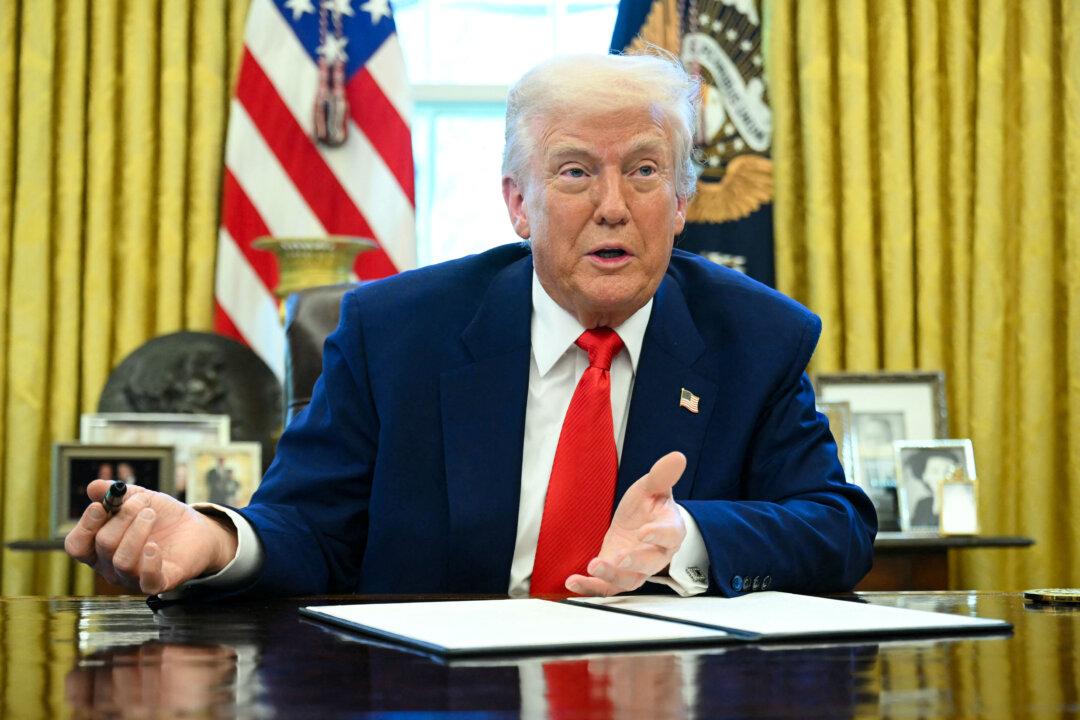PUGLIA, Italy—Group of Seven (G7) leaders reached an agreement on June 13 to utilize frozen Russian assets in their continued support of the war in Ukraine.
The G7 will provide Ukraine with a loan using frozen Russian assets as collateral. The total sum is unclear at this time, but the United States has committed $50 billion alone. The risk will be shared among the other G7 nations.
Senior Biden administration officials told reporters that the loan will begin this year, and emphasized that this effectively makes Russia pay for the loan rather than the taxpayers in the United States and G7 countries.
“Russia pays,” said one senior administration official. “The income comes from the interest stream on the immobilized assets, and that’s the only fair way to be repaid. The principle is untouched for now. But we have full optionality to seize the principal later if the political will is there.”
Ukrainian President Volodymyr Zelenskyy, in a post on X, had expressed hope that the asset deal would be finalized on June 13.
“The entire Ukrainian people, including our warriors, see that the G7 will always support Ukraine,” he wrote. “I am grateful to our partners for their belief in us and our victory.”
In the run-up to the crucial summit, the G7 finance ministers held discussions about the legality of using some $300 billion worth of frozen assets kept in European accounts as collateral for providing a loan to Ukraine for reconstruction. France was believed to be the main holdout on the plan.
President Joe Biden mentioned before leaving France last week that he had reached an agreement with Mr. Macron on a plan to use the frozen Russian assets.
The senior administration official also said that the funds would be used in multiple ways in Ukraine, including humanitarian support and reconstruction support. However, he also said that there were “certain jurisdictions” that preferred to have their money earmarked for military support.
The agreement was reached a day after the United States announced expanded sanctions on more than 300 entities and individuals designed to “ratchet up the risks that foreign financial institutions take by dealing with Russia’s war economy,” according to national security adviser Jake Sullivan.
Following his meetings with G7 leaders on June 13, President Biden will sign a 10-year bilateral security agreement with Mr. Zelenskyy, signifying a continuing U.S. commitment to support the war-torn country against Russian aggression.
This is the 50th summit meeting of the leaders of the United States, Japan, Germany, the UK, France, Italy, and Canada—the seven most advanced economies in the world—and, along with the war in Ukraine and Russian assets, discussions are also expected to cover the war in Gaza, economic security, AI, migration, climate change, and food security.








